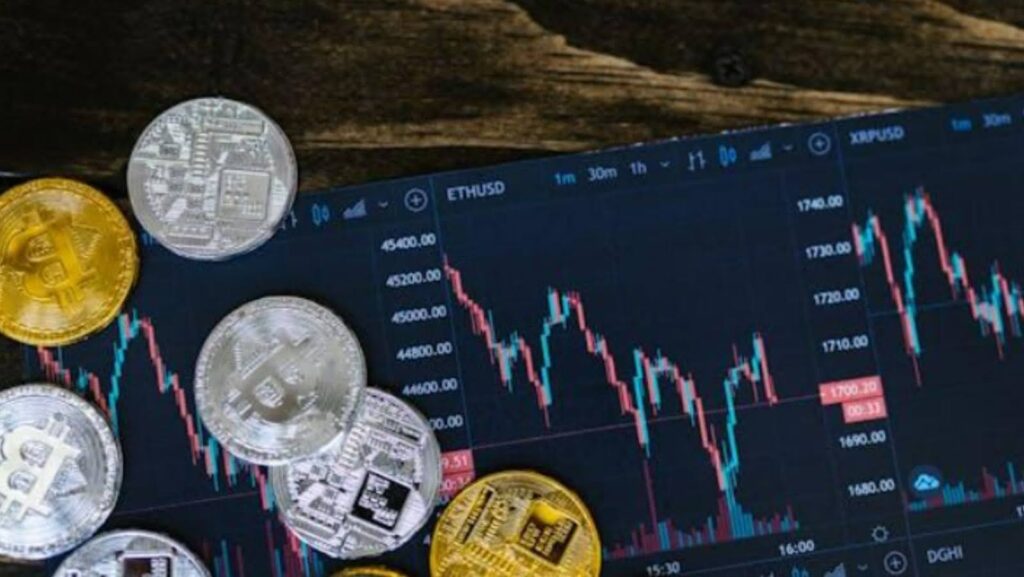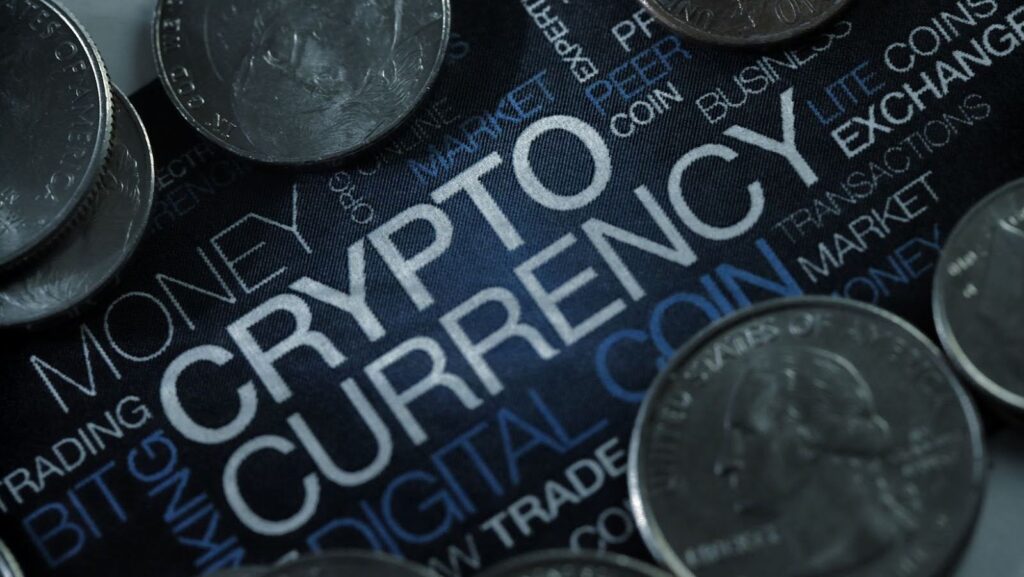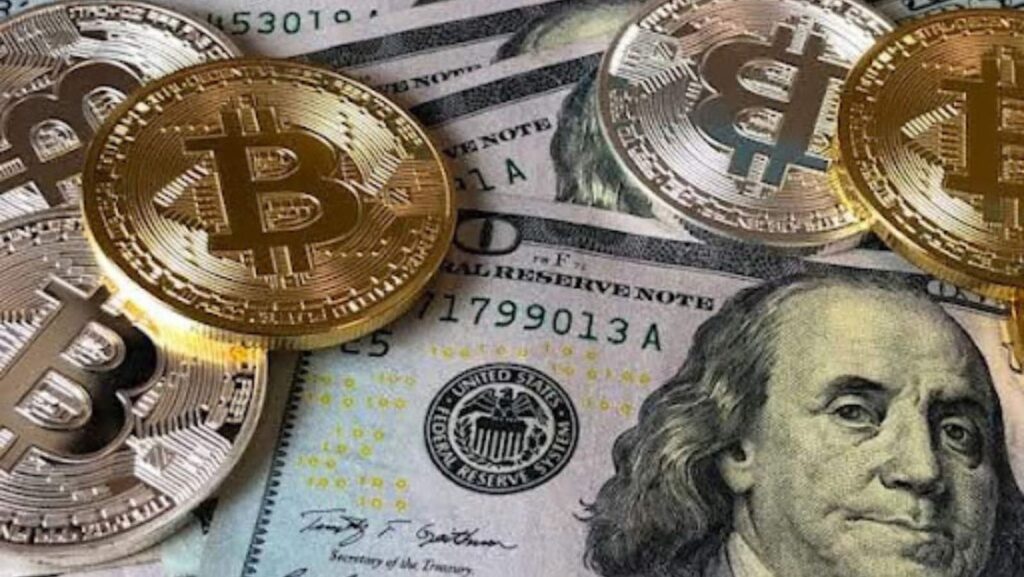In recent years, the world of finance has witnessed a remarkable transformation driven by the advent of cryptocurrencies. Among these digital assets, stablecoins have gained significant traction due to their unique ability to combine the benefits of blockchain technology with the stability of traditional fiat currencies. As their popularity grows, many individuals and businesses are exploring how to transfer stablecoins to bank accounts. This process, while straightforward in theory, involves a series of steps and considerations that must be carefully navigated to ensure security and compliance with regulatory requirements.
Understanding Stablecoins
Stablecoins are a type of cryptocurrency designed to maintain a stable value relative to a specified asset, often a fiat currency such as the US dollar or euro. This stability is typically achieved through various mechanisms, including collateralization with fiat assets, algorithmic control of supply, or a combination of both. The primary purpose of stablecoins is to mitigate the volatility commonly associated with other cryptocurrencies like Bitcoin and Ethereum, making them an attractive option for everyday transactions, remittances, and as a store of value.
The Need to Transfer Stablecoins to Bank Accounts
There are several reasons why individuals and businesses might want to transfer stablecoins to traditional bank accounts. For one, converting stablecoins to fiat currency, just like with PEXX, allows users to access and utilize their funds within the conventional financial system. This is particularly important for paying bills, salaries, or other expenses that cannot yet be settled using cryptocurrencies. Additionally, moving funds to a bank account can provide a sense of security and regulatory oversight that some users find reassuring.
Steps to Transfer Stablecoins to a Bank Account
Transferring stablecoins to a bank account involves multiple steps, each requiring careful attention to detail. Here’s a detailed guide on how to navigate this process:
1. Choose a Reliable Exchange or Platform
The first step in transferring stablecoins to a bank account is selecting a reliable cryptocurrency exchange or platform that supports stablecoin-to-fiat conversions. Look for platforms with a strong reputation, high-security standards, and transparent fee structures. It’s also crucial to ensure the platform complies with relevant regulatory requirements in your jurisdiction.
2. Verify Your Identity
Most reputable exchanges and platforms require users to complete a Know Your Customer (KYC) process to verify their identity. This process typically involves submitting identification documents, such as a passport or driver’s license, and proof of address.

Completing KYC ensures compliance with anti-money laundering (AML) regulations and enhances the security of the platform.
3. Deposit Stablecoins to the Exchange
Once your account is set up and verified, the next step is to deposit the stablecoins you wish to transfer. This involves sending the stablecoins from your digital wallet to the exchange’s wallet address. Ensure that you double-check the wallet address to avoid any errors, as transactions on the blockchain are irreversible.
4. Convert Stablecoins to Fiat Currency
After the stablecoins have been successfully deposited into your exchange account, you can proceed to convert them to your desired fiat currency. Most exchanges offer a straightforward process for this conversion, allowing you to specify the amount of stablecoins you want to exchange and the currency you want to receive. Be mindful of the exchange rates and any applicable fees during this step.
5. Initiate a Bank Withdrawal
With the stablecoins converted to fiat currency, the final step is to initiate a bank withdrawal. This process typically involves linking your bank account to the exchange and specifying the amount you wish to withdraw. Ensure that your bank account details are correct to avoid any delays or issues with the transfer.
6. Confirm the Transfer
Once the withdrawal request is initiated, it may take some time for the funds to appear in your bank account, depending on the processing times of both the exchange and your bank.

Most platforms provide a transaction ID or reference number that you can use to track the status of your transfer. Keep an eye on your bank account to confirm the receipt of funds.
Security Considerations
Transferring stablecoins to a bank account involves handling sensitive financial information and assets. To ensure the security of your transactions, consider the following best practices:
– Use Two-Factor Authentication (2FA): Enable 2FA on your exchange account to add an extra layer of security. This requires you to provide a second form of verification, such as a code sent to your mobile device, in addition to your password.
– Keep Your Software Updated: Ensure that your digital wallet, exchange platform, and any related software are up to date with the latest security patches.
– Beware of Phishing Scams: Be cautious of emails, messages, or websites that attempt to trick you into revealing your login credentials or private keys. Always verify the authenticity of the source before taking any action.
– Monitor Your Accounts Regularly: Regularly check your exchange and bank accounts for any unauthorized transactions or suspicious activity.
Regulatory Compliance
Compliance with regulatory requirements is a critical aspect of transferring stablecoins to bank accounts. Different jurisdictions have varying regulations regarding the use of cryptocurrencies and stablecoins. Ensure that you are aware of and comply with the regulations in your region, including tax reporting obligations. Failure to comply with these regulations can result in legal consequences and financial penalties.
Conclusion
The process of transferring stablecoins to bank accounts is an essential bridge between digital and traditional financial systems. By following a series of well-defined steps—choosing a reliable exchange, verifying your identity, depositing stablecoins, converting to fiat currency, and initiating a bank withdrawal—users can successfully navigate this process. Prioritizing security and regulatory compliance is crucial to ensure the safety of funds and adherence to legal requirements. As the financial landscape continues to evolve, understanding and utilizing stablecoins can provide individuals and businesses with greater flexibility and efficiency in managing their financial transactions.


